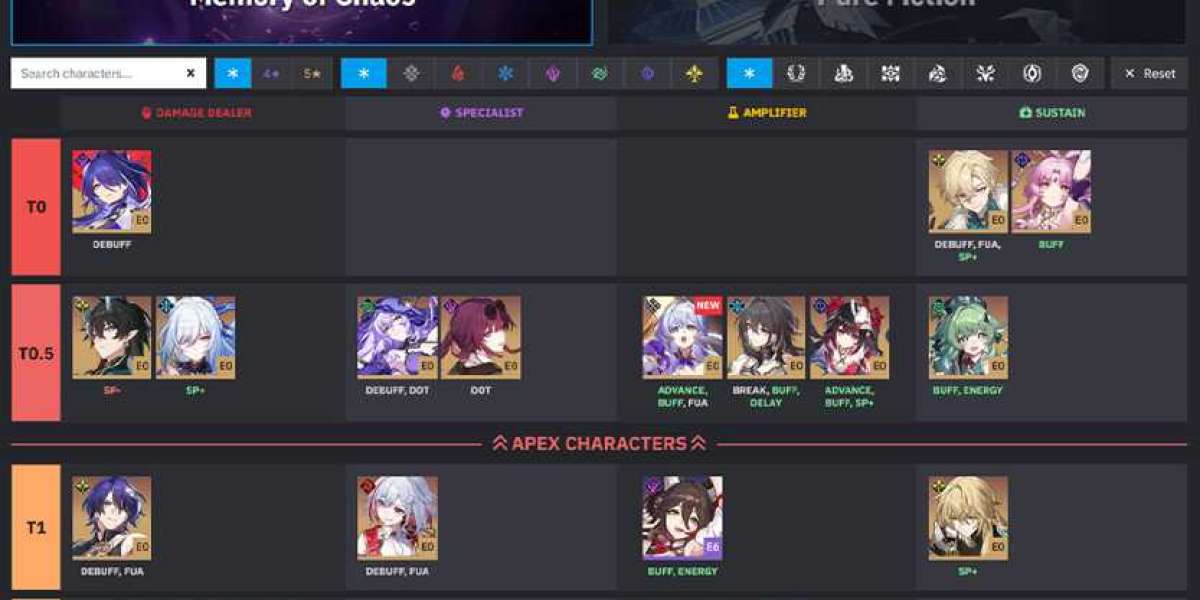Introduction:
In the scorching heat of the Los Angeles summer of 1965, the city exploded into chaos and flames. This period would be remembered in history as the Watts Riots, an event that was fueled by long-standing racial tensions and social inequality. It was a time when the frustrations and grievances of an oppressed community boiled over, setting the stage for one of the most significant and violent uprisings in American history.
Description:
The Watts Riots began on August 11, 1965, after an incident of police brutality sparked outrage within the African-American community. Marquette Frye, a young Black man, was pulled over by white California Highway Patrol officers on suspicion of reckless driving. The encounter quickly escalated, leading to Frye's arrest and intense frustration from onlookers who felt this was yet another example of unfair treatment by law enforcement.
Word of the incident spread rapidly throughout the predominantly Black neighborhood of Watts, which had been grappling with a long history of racial segregation, poverty, and limited access to basic resources. The incident was not just an isolated event but rather served as the spark igniting years of pent-up anger and frustration.
The response was immediate and explosive. Angry residents took to the streets, voicing their outrage and demanding justice for Frye. However, as the protests continued, they quickly turned violent and chaotic. Rioters began looting local businesses, setting buildings ablaze, and engaging in pitched battles with law enforcement. The conflagration quickly engulfed the neighborhood, plunging Watts into a state of anarchy and causing severe damage to both property and lives.
The authorities, caught off guard by the scale and intensity of the rioting, made attempts to regain control. The deployment of police forces and the California National Guard only seemed to provoke further violence, as the community felt antagonized by their oppressive presence. The clashes between rioters and law enforcement resulted in numerous injuries and deaths, including both civilians and officers.
The Watts Riots finally came to an end on August 17, 1965, after six days of unrest, leaving behind a scarred neighborhood and a substantial loss of life. In total, the violence resulted in 34 deaths, over a thousand injuries, and nearly 4,000 arrests. The aftermath of the riots brought attention to racial injustices present in American society, prompting debates and actions around civil rights, housing policies, and economic opportunities for marginalized communities.
The Watts Riots of 1965 stand as a testament to the deep-rooted racial tensions and inequality that plagued the United States in the mid-20th century. Despite the tragic and destructive consequences, the event would serve as a catalyst for change, inspiring activists and policymakers to address the systemic issues that led to this explosion of unrest, ultimately paving the way for progress in civil rights and social justice.








